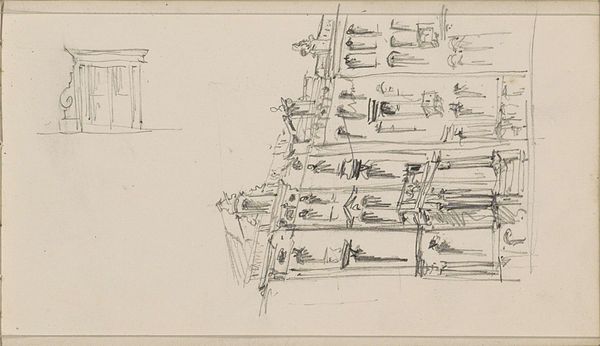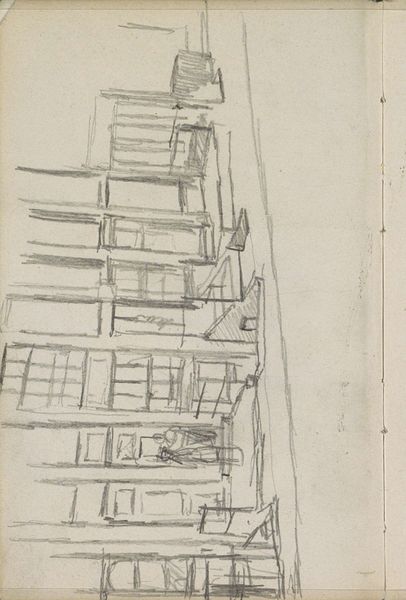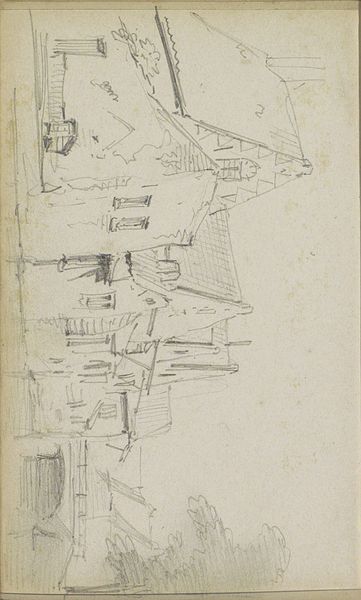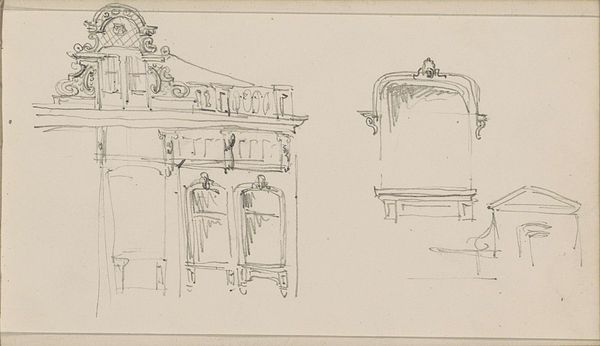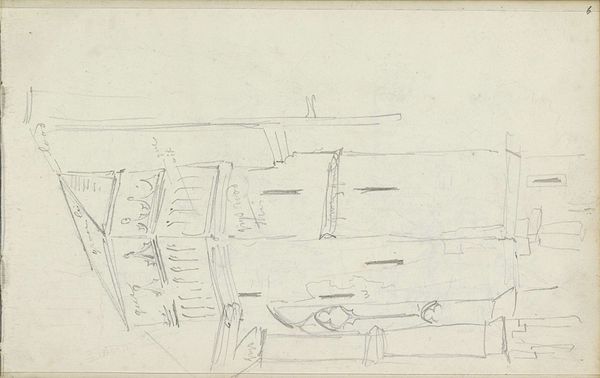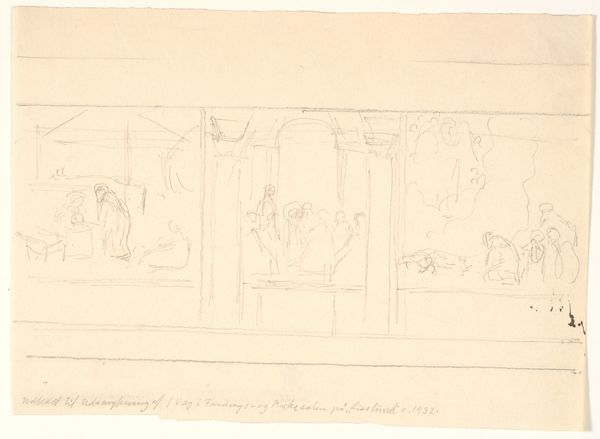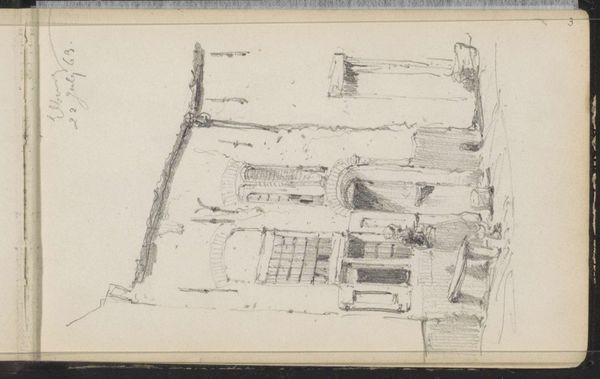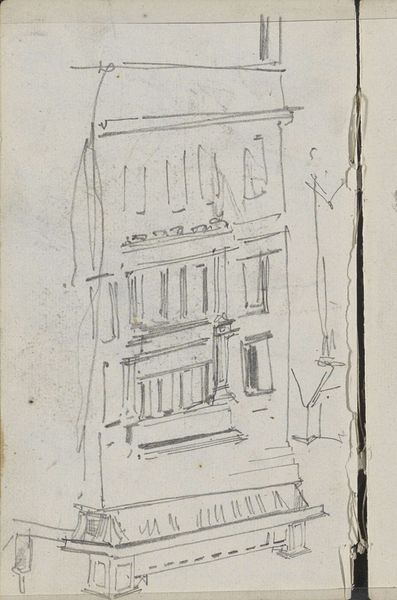
drawing, pencil, architecture
#
drawing
#
landscape
#
pencil
#
architecture drawing
#
architecture
Copyright: Rijks Museum: Open Domain
This is Isaac Gosschalk’s sketch of a hall façade in Hannover, Germany, rendered with delicate lines. Note the recurring quatrefoil motifs, those stylized four-leaf shapes adorning the upper levels. These are not mere decorations, but potent symbols. In medieval Christian iconography, the quatrefoil represents the four Evangelists or the four corners of the earth, signifying universality and divine order. Yet, here, applied to the façade of a secular hall, this once sacred symbol undergoes a fascinating transformation. We see the motif has been adopted and reinterpreted across various contexts, from religious architecture to civic structures. This appropriation speaks to the way cultural memory operates. The quatrefoil persists, shedding its explicit religious connotations to become a marker of tradition and continuity. It taps into a collective subconscious, evoking a sense of history and perhaps even subliminally suggesting the presence of higher values within a communal space. The symbol's journey highlights the enduring power of images to evolve, adapt, and resonate across time, carrying echoes of their past into new cultural landscapes.
Comments
No comments
Be the first to comment and join the conversation on the ultimate creative platform.
